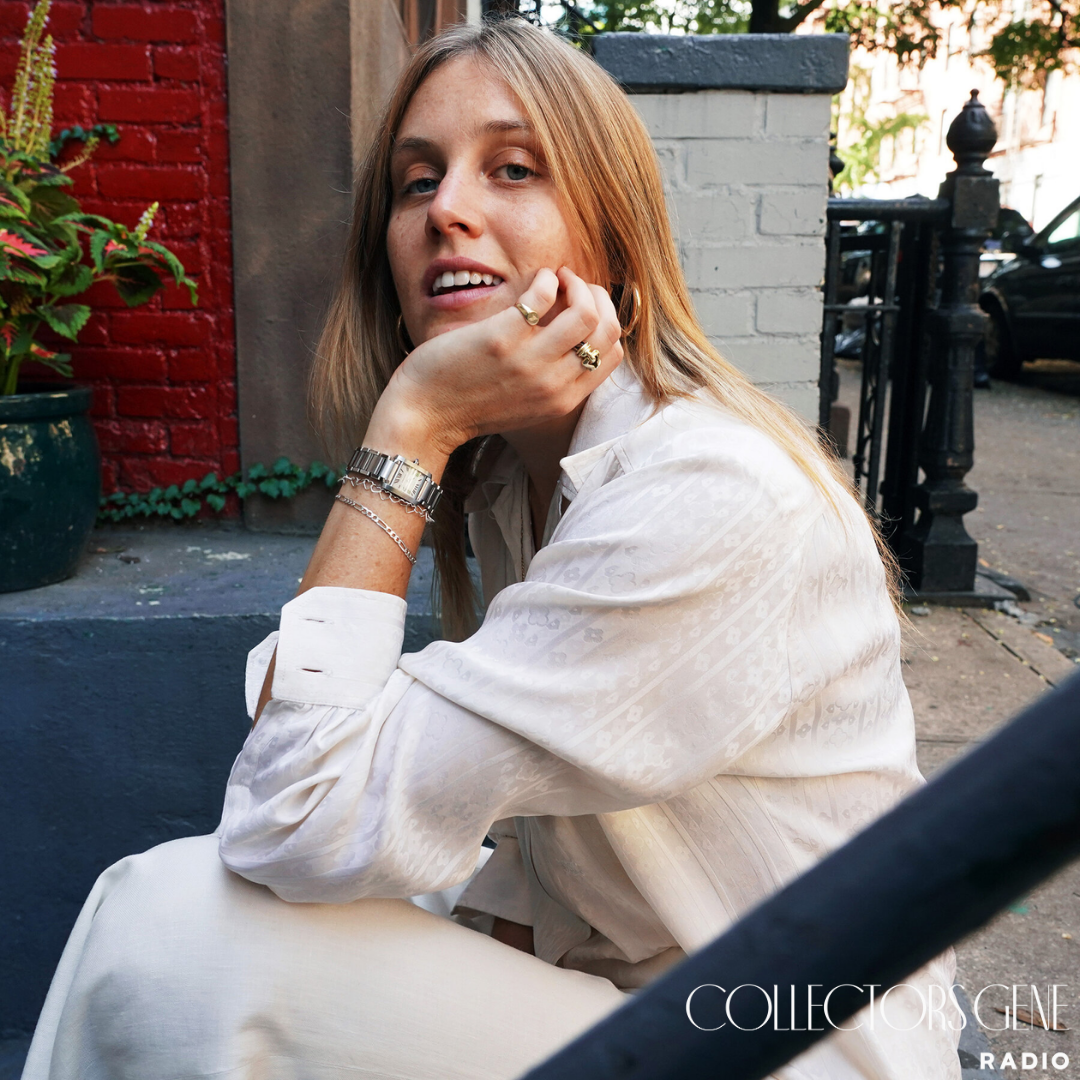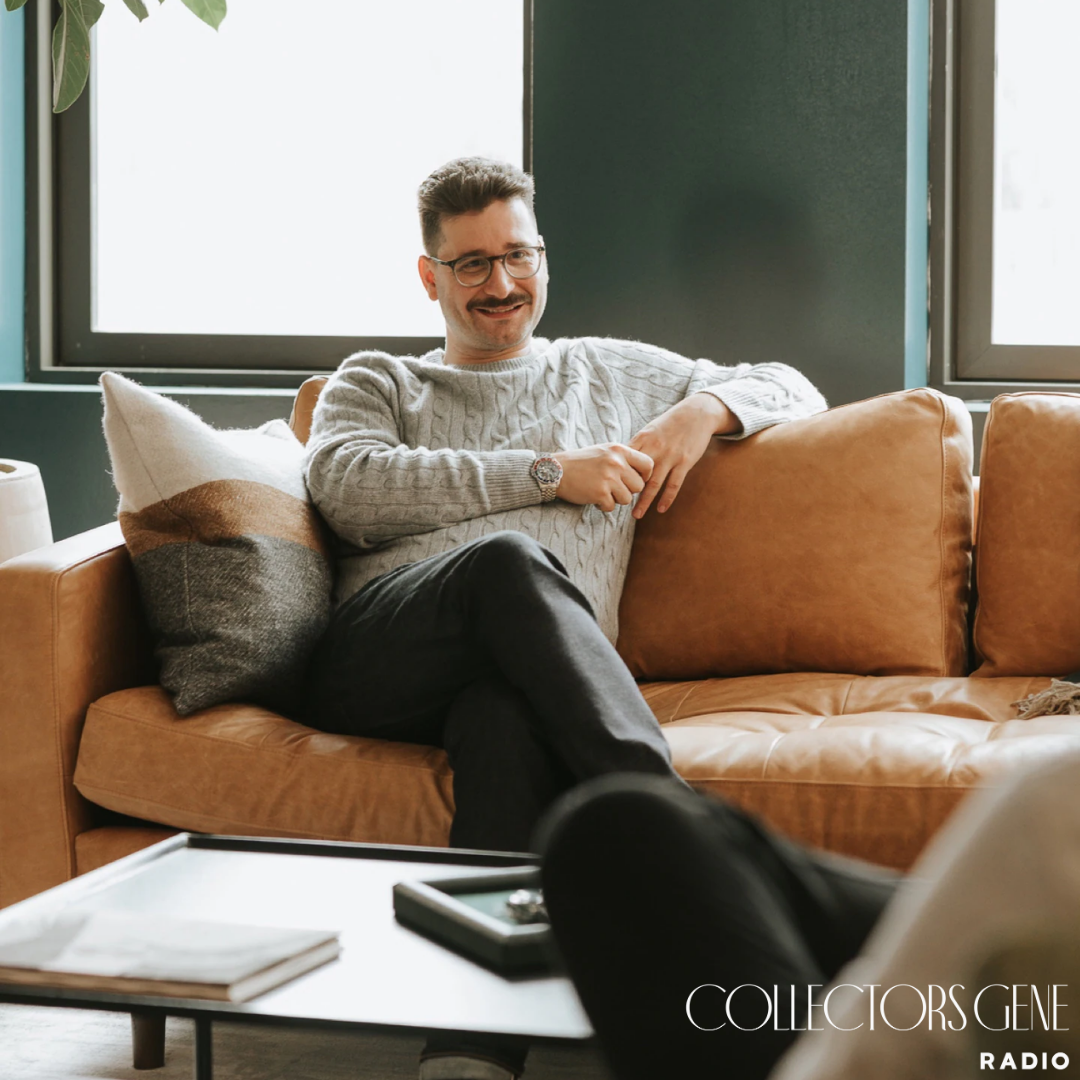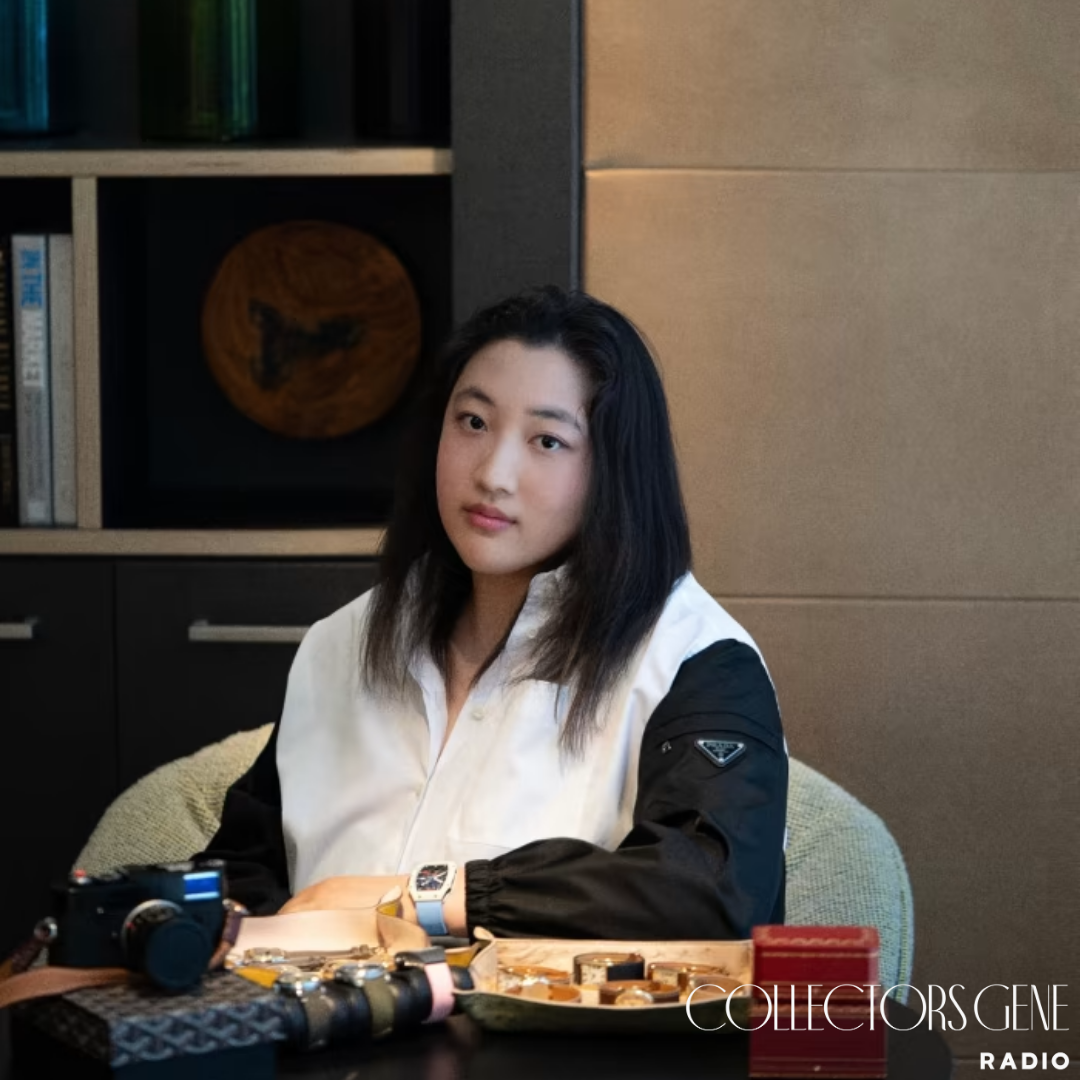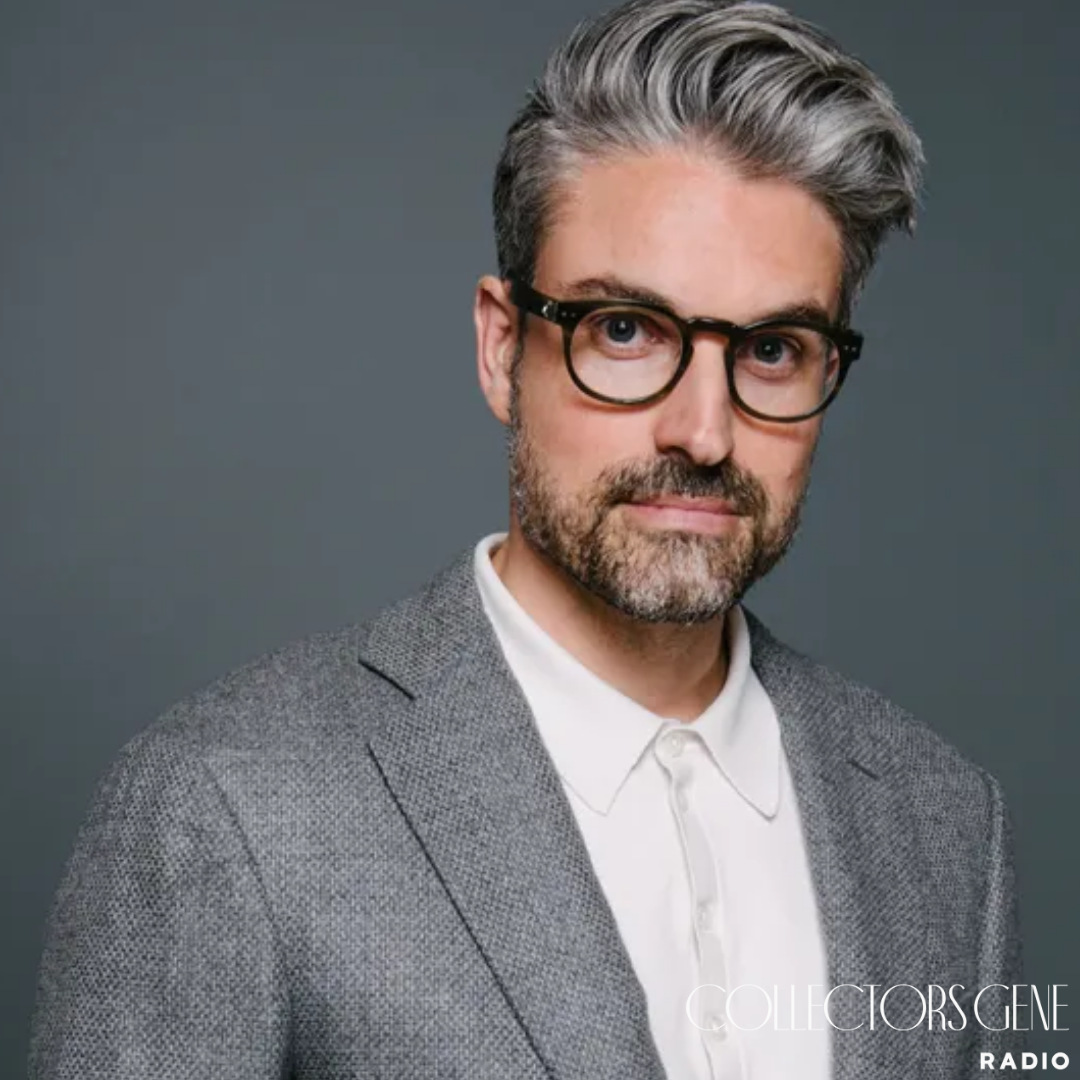Cartier has always been for everyone. Andy Warhol wore a Tank. Jackie O wore a Tank. These watches have lived on the wrists of cultural figures across generations, transcending gender. That balance of timeless design and universal appeal is central to the work of my guest on this episode, Brynn Wallner, the founder of Dimepiece.
Dimepiece began as an Instagram account in 2020 and quickly became one of the most talked-about voices in watches. Brynn’s work has been covered by Vogue, Harper’s Bazaar, and The New York Times, but what makes her story resonate is how she carved out a space that had been missing. For too long, women were left out of watch culture. Brynn didn’t just notice the gap but built a platform. It’s become a bridge to bring women into the conversation while also reminding men that smaller, jewelry-like watches deserve as much attention as hulking sports models.
From Culture to Watches
Brynn’s background was in media and culture, not horology. After college, she went west to work at a creative agency producing events at Coachella, SXSW, and Art Basel. This was during the early influencer era, when music, fashion, and art were colliding in new ways. Watches weren’t even on her radar.
That changed after she moved back east and landed at Sotheby’s in New York. Her job was to help the auction house connect with younger audiences through digital content. It was in the watch department that she found herself editing articles about Nautiluses and Royal Oaks, quietly Googling how to pronounce Audemars Piguet. Somewhere in that process, the spark caught. Soon she was riding the subway scanning wrists, trying to identify what people were wearing, realizing she had fallen into something real.
Spotting the Gap
What she saw missing was obvious: women were rarely part of the story. Articles would cover iconic models and their place in history, but never mention how women wore them, styled them, or shaped their cultural relevance. Brynn started slipping in photos of Rihanna with a Santos or Sofia Coppola with a Tank Française as a way of filling the void.
When she searched “women in watches,” all she found was Ellen DeGeneres. That lack of representation gnawed at her. Then, in March 2020, Sotheby’s let her go on the same day New York shut down. With unexpected time on her hands, she launched Dimepiece, not as a grand business plan but as a creative outlet. Within days, the posts went viral. Cara Barrett at Hodinkee reposted her work, and the following ballooned overnight.
At first Brynn didn’t even own a watch. Vogue eventually chronicled her buying her first, a steel Cartier Tank Française, and in that moment, Dimepiece became part of the culture it was covering.
Cartier, AP, and the Power of Culture
Cartier has remained central to her story, and for good reason. The brand’s watches have always been more than timekeepers. They’re symbols of style and identity, equally at home on Andy Warhol’s wrist as on Jackie Kennedy’s. That universality is exactly what Brynn has championed: watches as cultural markers rather than gendered accessories.
Her journey since then has taken her deeper into the industry. She’s been invited on press trips with Audemars Piguet, stayed in their Le Brassus hotel, and met figures like Giulio Papi while hearing cowbells echo across the valley outside. A few years earlier, she couldn’t pronounce the name. Now she’s immersed in the world behind the curtain.
Small Watches, Big Presence
One of Brynn’s most consistent messages has been the case for small watches. In an era where big sports pieces dominate headlines, she has argued passionately for the elegance and impact of smaller models. Her own Cartier Baignoire is proof of the point, understated in size, oversized in character. She once joked about double-wristing it at a New York party, but her point is serious: these pieces carry the same presence as fine jewelry.
It’s a reminder that what we now call “ladies’ models” were once simply watches. The gender divide is artificial, and slowly more collectors, including men, are rediscovering the charm of these proportions.
Building a Platform
Dimepiece has grown beyond Instagram. Brynn partnered with Alan Bedwell of Foundwell to curate vintage watches for sale, handled with the same care she gives her content. Buyers get conversations, context, and advice rather than a sterile e-commerce experience.
She sees the platform evolving into something larger. A home for articles, videos, and resources that make watches accessible without stripping away their depth. At its core, the mission hasn’t changed: to give women a voice in the world of watches. But the audience is broader now. Plenty of men follow Dimepiece because it feels authentic, human, and rooted in culture rather than status.
The Collectors Gene Rundown
The One That Got Away: A 1990s TAG Heuer Formula 1 on Poshmark for $400. She bid too low, and it slipped away.
The On Deck Circle: A smaller Audemars Piguet Royal Oak. She’s drawn to the clean dials, even if pulling the trigger will be a leap.
The Unobtainable: The Cartier Crash. A year ago it was the grail, but its rise to ubiquity has her looking for what comes next.
The Page One Re-Write: If she collected outside watches, it would be real estate. She dreams of houses the way others dream of grail references.
The GOAT: Tyler, The Creator. His watch choices are intentional, his style fearless, and he wears his Cartier Crash on stage without a second thought.
The Hunt or The Ownership: The hunt. Fantasizing, scrolling, imagining. The anticipation can be as thrilling as the object itself.
Do You Feel That You Were Born With The Collector’s Gene?: She’s not convinced. Her father collected owls, so maybe it’s in the family, but for her it feels less like obsession and more like a way of expressing emotion.
Closing Thoughts
Brynn Wallner has changed the conversation around watches. Dimepiece began as an experiment and quickly became a cultural voice the industry needed. She has reminded us that watches are about people first, their stories, style, and identity.
What I admire most is that her work has created space for new collectors without excluding anyone else. In her eyes, brands like Cartier, Audemars Piguet, TAG Heuer aren’t about status symbols but about personality. And that perspective will shape watch culture for years to come.





